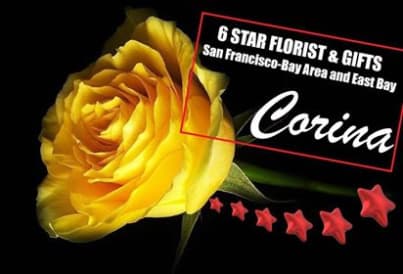Some ideas of
Naturally Dyed Easter Eggs Using Flowers — A Blooming 2025 Trend
This Easter, embrace nature’s palette by dyeing your eggs with real flowers, herbs, and plant-based ingredients. It's more than a craft — it’s a return to meaningful tradition, artistry, and a celebration of spring’s beauty. Whether you're inspired by your heritage or just love the idea of going chemical-free, this trend is blossoming across homes everywhere.
•Best Flower & Plant Combinations for Dyeing Easter Eggs
1. Red/Pink Tones
- *Hibiscus petals:* Deep burgundy and red hues (steep dried petals in hot water + vinegar).
- *Rose petals (red/pink):* Soft pinks and romantic tones.
- *Beet juice + petals:* Enhances intensity for pink/red blends.
2. Blue/Purple Shades
- *Red cabbage + lavender petals:* Red cabbage gives teal blues; lavender adds subtle purples.
- *Blue cornflowers:* Deepens purple shades.
- *Purple violets/pansies:* For dreamy lavender tones.
3. Yellow/Gold Shades
- *Marigold petals:* Bright, citrusy yellows to orange.
- *Chamomile or dandelions:* Light, airy yellow hues.
- *Turmeric + calendula petals:* The most vibrant sunshine yellow.
4. Green Tones
- *Spinach + green flower petals (like zinnias):* Pale, natural greens.
- *Nettle or clover flowers:* Muted earthy greens, perfect for an organic look.
Natural Egg Dyeing Tips
- Boil your eggs and let them cool before dyeing.
- Simmer your petals in water with white vinegar (15–30 min).
- For deeper tones, soak eggs overnight in the cooled dye bath.
- Use white eggs for brighter colors, brown eggs for rustic shades.
**Top Natural Dyeing Trends for 2025**
**1. Botanical Imprint Eggs**
Place real flowers or herbs (pansies, ferns, parsley) against your egg, wrap in pantyhose or cheesecloth, then boil in a natural dye (like onion skins or cabbage). The result? A delicate silhouette — like nature’s own signature.
**2. Flower-Petal Tie-Dye**
Scatter flower petals around each egg, wrap tightly, and simmer in dye. The flowers transfer their pigment in dreamy, organic patterns — each one a surprise.
**3. Layered Natural Dyes**
Start with one dye layer (e.g., turmeric yellow), dry it, then dip part of the egg in another (like purple cabbage). Add pressed petals between layers for a watercolor effect.
**Most Popular Natural Ingredients of the Year**
- Red onion skins: Rich burgundy
- Purple cabbage: Teal/blue magic
- Turmeric: Vivid yellow
- Hibiscus: Rosy and mysterious
- Spinach/parsley: Soft green
- Coffee/black tea: Earthy sepia tones
**A Springtime Blessing from Me to You**
Wishing you all the joy that comes from creating something meaningful with your own hands. Whether you choose to imprint your eggs with petals, layer natural dyes, or tie flowers around each shell like tiny gifts, let this season be a celebration of nature, tradition, and beauty.
Have fun picking your favorite natural egg dyeing method, and may your Easter 2025 be as bright and beautiful as a garden in full bloom!
Wishing you a joyful time exploring your favorite natural dyeing method — may your Easter 2025 be filled with color, creativity, and blooming happiness!
With love and floral inspiration,
**Corina**
6 Star Florist and Gifts Corina


